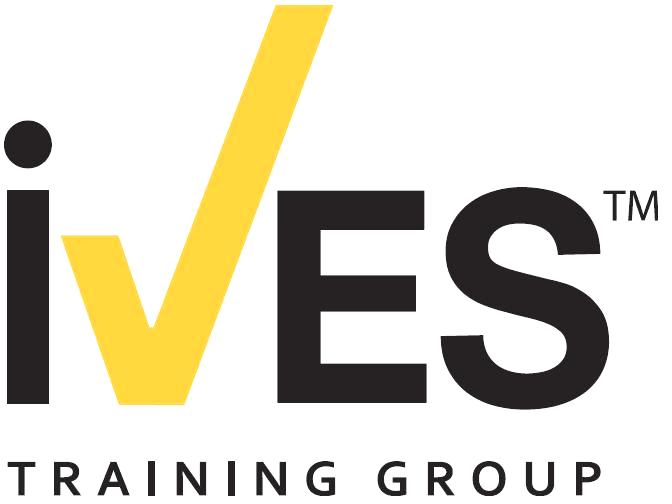Ask Bob
Courtesy of IVES
 Q: How far apart should the pylons be for the forklift maneuvering during practical training? A: It depends on the size of forklift you are using and the degree of maneuverability that is expected from the operators. In any case, if you take the distance from the center of the front/drive axle to the rear of the counterweight and set the cones apart by the same distance, that is as tight as it needs to be because the forklift can't turn any sharper than that. Look at Pivot Point Steering Set-up in your Trainer's Manual for a drawing that may help you visualize it. |
|
Safety Toolbox
Videos of the Month - Available on DVD

P30 - Preventing Sexual Harassment for Employees:
This video explains how to avoid inadvertently harassing coworkers, and what procedures to follow if an employee feels like he/she is being harassed.
2005, 16 Min.
V6 - Violence on the Job:
This DVD discusses practical measures for identifying risk factors for violence at work and taking strategic action to keep employees safe. It is based on extensive NIOSH research, supplemented with info from other authoritative sources. Audience: HR Professionals, Managers in health care, social services, retail, transportation, security consultants and insurers. 2004, 27 Min.
If you would like more information about renting Safety Training videos contact Brandon at 916-438-3375.
To view the most current catalogs use the links below:
English Click Here Spanish Click Here
|
|
Share Your Workplace Safety Story!
We want to hear from you! Email Jerry Bach, Vice President of Workplace Safety & Health, and tell us your success stories.
Your story may be featured in an upcoming issue of Inside Safety.
|